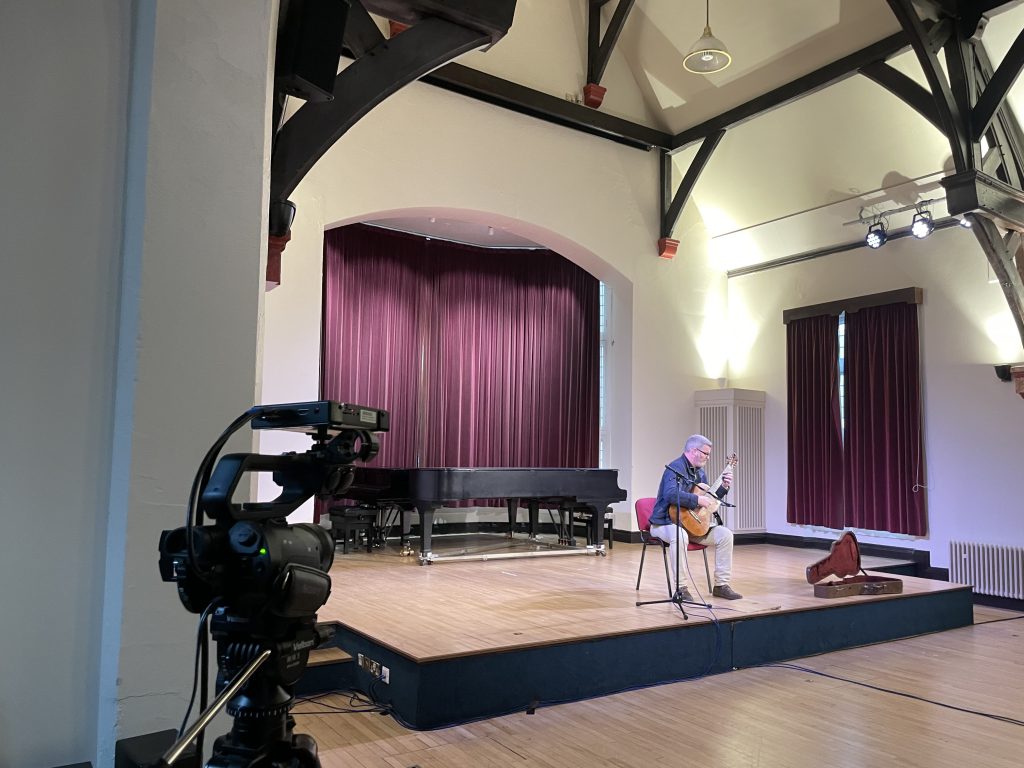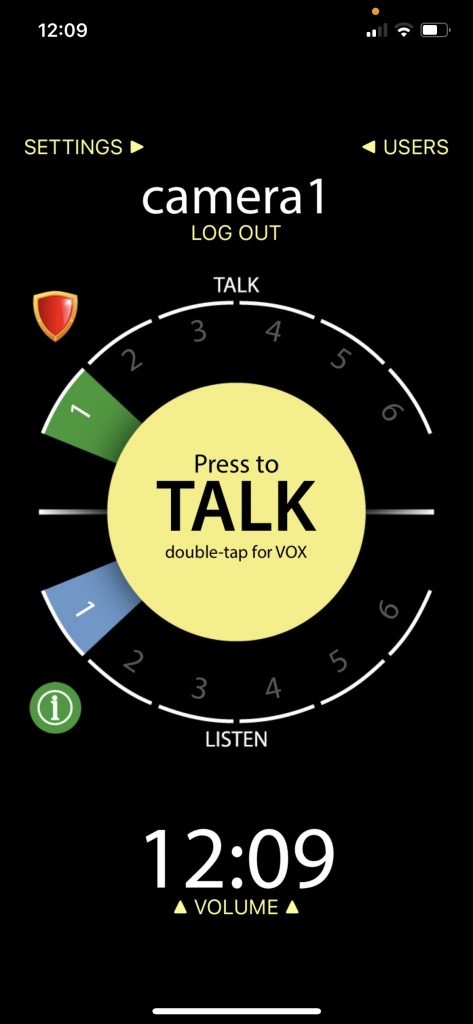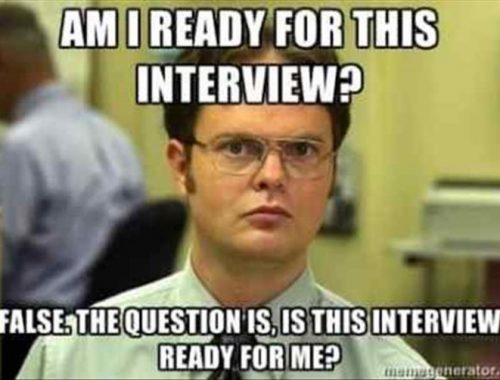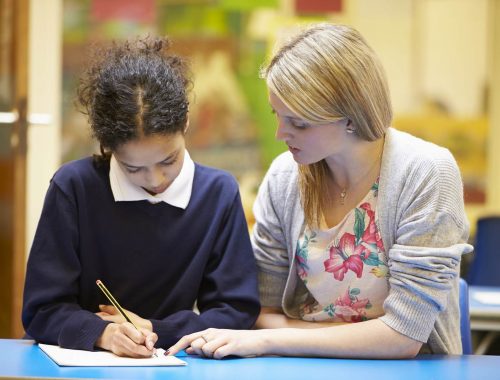Communication is Key
After developing an interest in broadcast journalism over the summer in anticipation of beginning a placement in my third year of university I decided that a placement with the SARC Media team would be the best way to first introduce myself to this new experience.
Prior to beginning my placement with the SARC Media team I had little understanding of what work goes into broadcasting, specifically live broadcasting, any piece of media. What I have come to learn is that there is an enormous amount of teamwork that goes into broadcasting, and without this level of teamwork it would be near impossible to produce anything worth broadcasting.
As we all know, the key to good team work is communication however this is something I initially struggled with during my placement with the SARC Media team. During my first week of working with the SARC Media team I found myself to be at a disadvantage to the other members of the team. Not only was I completely new to the field whilst the other team members had prior experience in the field due to their area of study, I had also missed the induction week and had therefore not been introduced to the members in my team. Due to this I found that I struggled with communicating with the other members and inserting myself fully in the workload. Instead I took more of a backseat role and focused my attention on how my team members worked together and how they communicated with each other about what needed done or fixed and what was finished. I decided that doing this would allow me to gather more information and knowledge of what was expected of my team as well as give me time to get to know my team members, giving me the ability to better work within the team in the coming weeks. I came to this decision because, whilst researching different roles in live broadcasting teams and how they work together I found out that ‘team work engagement mediates the relationship between social resources of the team and performance’ (Torrente et al. 2012,110). Therefore, I found that the best course forward for me was to observe as much as I could rather than trying to throw myself into the work without any knowledge on what it consisted of and how my team members worked together. Which would likely have caused problems and delays.

I quickly came to realise just how important communication with the team was in broadcasting particularly when those working behind the scenes, controlling the output and vision mixing had to inform those working the cameras of what angle/shot to get and more importantly informing those working on the cameras which camera was live. I found myself communicating with the team mostly through questions, trying to gain more knowledge of what was expected and how each piece of equipment worked and how it should be set up. As the weeks went on my confidence grew as did my knowledge of live broadcasting. I was able to communicate with my team on issues such as lighting, camera placement, what shots to get and how different things may affect the audio. Going so far as to point out that while closing the curtains at a particular concert would create more intimate lighting, which was better suited to the particular performance, it would create a different audio feed and we would first have to get permission from the audio team to do this. I discovered how much communication is necessary during not only the live broadcast but during the actual set up of the equipment, something I had not previously considered before beginning my placement with the SARC Media team.

During my initial research into broadcast journalism I learnt about how broadcast teams communicated with each other during the live broadcast and therefore came to expect certain pieces of equipment and procedures, most importantly ‘an ear-piece through which you can hear studio output’ (Hudson & Rowlands 2014, 262). Within the SARC Media team we usually use the unity app or ‘comms’, as my team members refer to it, to communicate easily with each other during the broadcast, however, during my first week we were unable to use this due to not having the correct equipment (headphones) and so we had to improvise, using WhatsApp, in order to be able to begin the broadcast. This quick improvisation and lack of necessary equipment was something I would begin to expect during my placement with the SARC Media team. Communication between the team members working the cameras and the team members controlling the live feed is vital during live broadcasting as without it the camera team may begin to change their shot when they are live or not be aware of any problems with their shot, such as it being out of focus or too wide. I found my first experience on the camera rather nerve wracking as I was never sure when my camera had stopped being live due to poor communication with the team member responsible for the live feed. However, I was able to use this experience when it was my turn to be in control of the live feed and made sure to properly communicate with my team when their camera was live and when it was no longer live. This allowed my team to adjust their shots as they felt necessary, rather than wait for me to ask them to change their shots. This allowed for a much smoother broadcast, and gave the camera team more freedom to showcase their video abilities.
While it is clear how communication is necessary for any team to work together without unnecessary problems or delays, I have a new appreciation for how essential communication is in relation to broadcasting. My experience with the SARC Media team has developed my communication skills as well as helping me gain more confidence in order to communicate my own concerns. One thing I would take away from this experience to influence my interest in broadcast journalism is having better communication with those that are being filmed. Often I have found while filming these concerts that many times the camera team members or the team members controlling the live feed may think the concert has ended and change their shot or end the live feed only for the musician to continue playing. This causes unnecessary problems that could be avoided with better communication with the musicians.
Bibliography
How to write an engaging blog n.d., The University of Edinburgh.
Hudson, G & Rowlands, S 2014, The broadcast journalism handbook, Routledge, London.
Torrente, E, Salanova, P, Llorens, M & Schaufeli, S 2012, ‘Teams make it work: How team work engagement mediates between social resources and performance in teams’, Psicothema, vol. 24, no. 1, pp. 106–112.
You May Also Like

Working with a Production House
30 November 2022
“Fake it ‘til you make it!”: Finding Success in a Simulated Interview
22 February 2023
